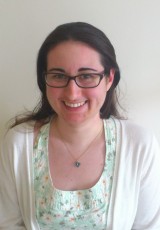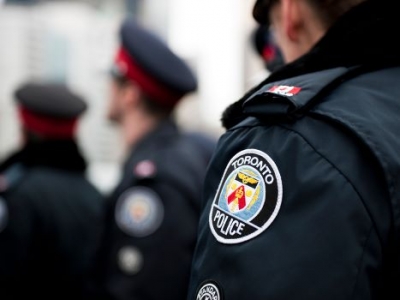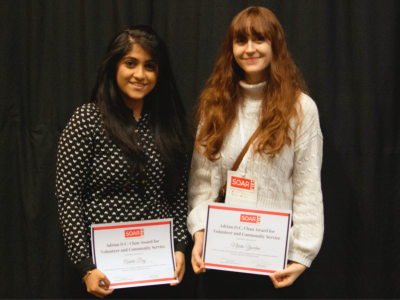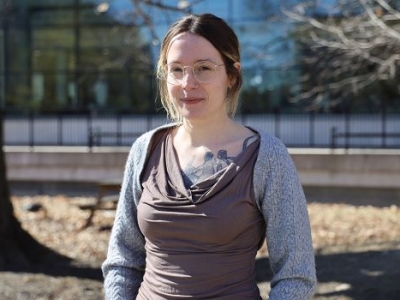 When Marie-Anne Gagnon was an undergrad student, she baked a Hungarian Coffee Cake and brought it to class. The recipe was from a 1966 Canadian cookbook.
When Marie-Anne Gagnon was an undergrad student, she baked a Hungarian Coffee Cake and brought it to class. The recipe was from a 1966 Canadian cookbook.
“My edible artefact triggered really stimulating conversations about nationalism and cultural diversity in Canada,” says Gagnon. “I thus learned that food history can be fun (and tasty), while helping us to understand important issues, such as the evolution of societal values, as well as systems of inclusion and exclusion.”
Today, Gagnon is pursuing a Master of Arts degree in Public History, focusing her grad research essay on the representation of Aboriginal foods in 1960s Canadian cookbooks.
She chose the ‘60s because: “As the 1967 Centennial approached, everyone was getting excited for what promised to be a very big party. Many groups were eager to participate and produce a cookbook to celebrate Canada and their local community. Late 1960s cookbooks are therefore very rich sources: they tend to present a fairly clear picture of how Canadians viewed their nation, through the dynamic lens of food.”
Gagnon’s preliminary results suggest that cookbooks in the 1960s tended to oversimplify, stereotype, and reduce Aboriginal cultures to a primitive state. “They generally present Aboriginal people as stuck in the past, oversimplify their cultures and deny their existence in modernity,” says the grad student.
“I am also looking at “the story of Canada, as presented in these cookbooks, as they generally present a very linear “settler” narrative that legitimizes colonialism,” shares Gagnon.
And she is exploring the use of language used in the cookbooks. “Our European vocabulary is limiting, and it creates artificial relationships such as gathering/agriculture, and hunting/husbandry, thereby denying the existence of complex Aboriginal systems of land management.”
Shares the grad student: “By deconstructing and subverting the colonial discourse contained in the cookbooks I study, I hope to contribute to re-inscribing the story of Aboriginal modern cultural resistance and survival into the Canadian narrative.”
Gagnon’s research is funded by grants from the Social Sciences and Humanities Research Council and the Fonds de Recherche du Québec – Société et Culture.
Gagnon originally chose the Public History MA program at Carleton because she considered it to offer a perfect balance between theory and practice. Says Gagnon: “Carleton’s history department allows students to pursue original research and receive a strong theoretical education, while also taking practical courses allowing them to work with cultural institutions, develop skills, and gain professional experience.”
“The Public History curriculum is varied, flexible, and well-balanced,” says Gagnon. “I have had the chance to take theory-based courses, historiography courses (which concern the evolution of the writing of history) and practical courses about archives, museum collections and exhibits, as well as performance and storytelling.”
The attitude of the faculty also attracted Gagnon. “Carleton’s history faculty is renowned for being open and accessible to students.”
Her supervisor is Dr. James Opp, Associate Professor and Co-Director of the Carleton Centre for Public History. “His expertise in social and cultural Canadian history has been invaluable. Throughout the past two years, he has supported me through grant applications, academic research, literature review and the development of original ideas.”
Gagnon says that she has found the entire history department is “extremely collegial and a dynamic environment where students and faculty engage on a daily basis. Classes are small (no more than 20 students), which allows us to have in depth scholarly discussions, but also get to know our colleagues more personally.”
Gagnon is hoping to graduate this fall. Re. her future plans, well, that’s just food for thought.
Friday, May 16, 2014 in Grad Student Research, News
Share: Twitter, Facebook




